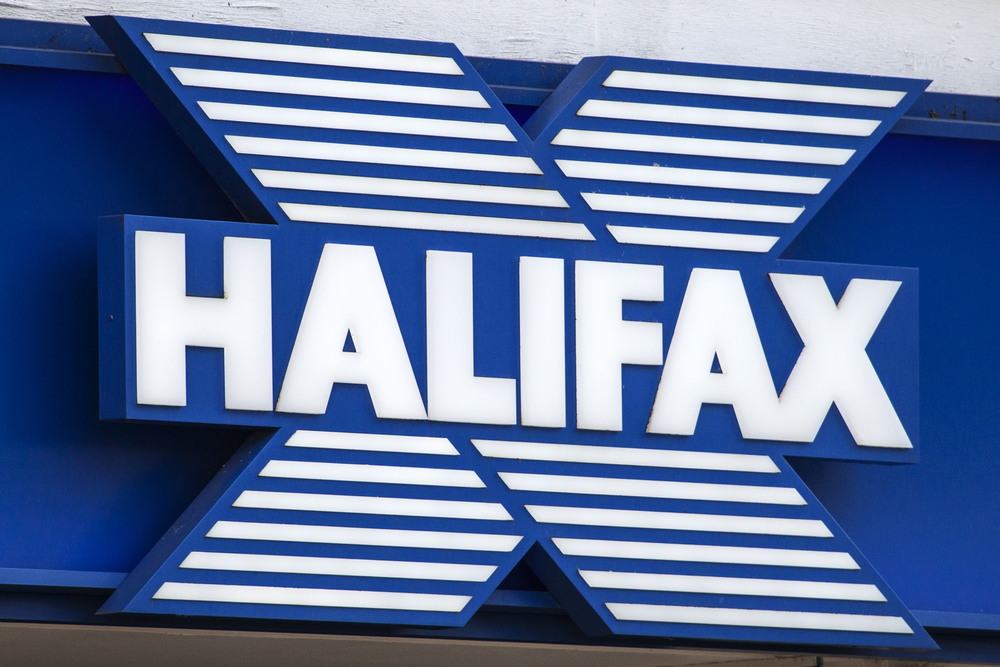
Average house prices edged up by 0.2% to £354,822 in October, but were 3.4% lower than a year ago, according to the latest e.surv index for England and Wales.
It was the first month-on-month increase for six months and cancelled out the previous month’s fall in prices.
Director Richard Sexton says that easing cost of living pressures, including this week’s Bank of England base rate cut, is beginning to help with affordability.
But he says: “It remains to be seen if more cuts are in the pipeline.
“The markets suggest there will be more inflationary pressure ahead but for now, buyers should take advantage of the improved affordability – especially in light of the decision in the budget to return nil stamp duty thresholds back to their lower pre-September 2022 levels from April 2025.
“The Budget overall focussed on the long-term supply of housing and delivered nothing in terms of fiscal support for buyers in any market which is why interest rates will remain key over the coming months.”
Stamp duty impact
Sexton says the Budget’s housing-related measures were more negative than positive.
“The stamp duty rise of 2% for landlords and second home-owners was perhaps predictable given the Government’s appetite to continue the policy stance of bearing down on those parts of the market.”
But he says that the move to return thresholds for first-time buyers and home movers back to pre-2022 levels could be more detrimental.
Sexton says: “This is likely to have a material impact on first-time buyers, who could face a stamp duty increase of up to £6,250 (or more if purchasing a home worth more than £500,000).
“This will probably double the proportion of FTBs paying stamp duty and see a sharp rise in the number of households paying stamp duty in the Midlands, the North and South Western England.
“It will also land heavily on households looking to buy their first homes in the more expensive markets of London and the South East.”
Peak and trough in demand
“These threshold changes may boost government revenue but they risk dampening demand.
“At the same time given the measure comes into play in April 2025 we now have a five-month window in which there is significant incentive to buy now.
“The upshot of all of this is that we should expect activity to pick up sharply in these next two quarters before probably slipping away in the spring of 2025.”



